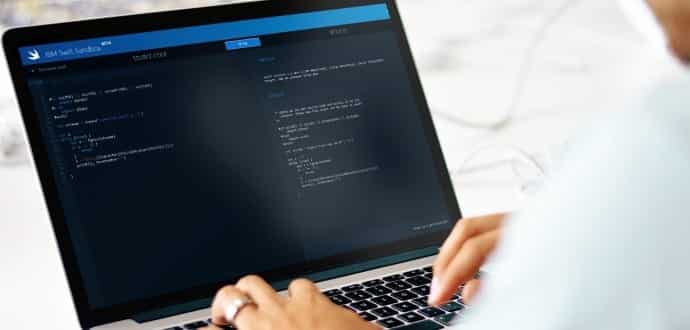Table Of Contents
Here is how you can run risky looking Apps in sandbox and protect your PC/Laptop from malware
Sometimes it happens that you download a must have application but are afraid to run it on your PC/laptop due to fear of malware lurking inside it. Most of the times, we either discard such apps or install them risking malware infections. No more, now you can runs such risky looking apps in sandbox to verify if they contain malware or are harmless.
It is very important to have a powerful anti-malware application at hand that helps in removing and preventing infections from our computer due to the constant exposure to the internet. Your computer could be at risk if you are careless with the links you click and files you download.
In order to provide and increase the level of security of your computer, there are security applications known as sandboxing tools. These help put up together a virtual environment that is secluded from the rest of the machine. In other words, if you get affected by a malware because of a visited website or shady downloaded file while you are in the sandbox, for instance, you can just go back to Windows in the previous state.
In this article, we are going to explore Cybergenic Shade, Quietzone and Sandboxie to show you how to create a sandbox to avoid malware and revert Windows to a stable state if required.
Cybergenic Shade
Cybergenic Shade, once launched, gets combined into the taskbar notifications area (also known as systray, near the clock) and can be accessed from a purple S button.
To bring up the main window to the screen, double-click on the tray icon. In order to view a panel on the right, click Cybergenic Shade on the left so that you can drop the launchers of installed programs (.exe files or desktop shortcuts) to put them in the sandbox.
The icons of the utilities are marked with the purple S button once they are in the sandbox, so that they can be differentiated. Then, just as you would launch a normal app, go ahead and launch a sandboxed app for as long as it exists in the sandbox.
Quietzone
Quietzone makes a sandbox for all hard disks and rejects alterations made in this mode at the next system reboot. On the upper-right corner of the screen, it displays a large on/off button so that you can click it to turn the sandbox on and off.
To keep the sandbox enabled until the next system startup, click the One Time Quietzone slider in the main app window, or click Permanent Quietzone to enable the sandbox at every startup. In order to select a drive letter instead of All Disks, you can protect only a particular partition by clicking the menu next to Protection. You have to reboot the PC to oblige to the changes related to the sandbox status, which is also warned by the application.
Sandboxed windows have a purple margin that appears when moving the mouse pointer over it.
Sandboxie
Sandboxie creates a yellow icon in the systray after installation. Right-click it and open the DefaultBox submenu to Run Web Browser (launches your default web browser), Run Windows Explorer (launches Windows Explorer), or Run Email Reader (launches your default email client). Any files or folders that you copy or cut in sandboxed Explorer can be directly pasted into a location that’s not sandboxed (to stop the items from being auto-deleted by Sandboxie after departing from the isolated environment).
The application will bring up a window where you can click the Browse button and use the integrated file navigator to locate the program’s launcher (.exe file), if you Run Any Program from the DefaultBox submenu. Tick the Run As UAC Administrator box, if you have to run it with administrative rights. Click Ok to continue.
From the DefaultBox submenu, if you select the Run From Start Menu option, Sandboxie displays a menu with Desktop, Programs, All Files and Folders, and a Cancel option. Open the Desktop submenu to choose any file from the desktop to open in the isolated environment, the Programs submenu to select any installed application to launch, or All Files and Folders to open submenus with the drives, folders, subfolders and files organized in a tree view, provided that you know the full path of a file to access.
To bring up the main window, double-click the Sandboxie systray icon and drop any file to open, a program to run, or a directory to open in Windows Explorer. Sandboxed windows are enclosed by a yellow border that appears when moving the mouse pointer to the title bar.

